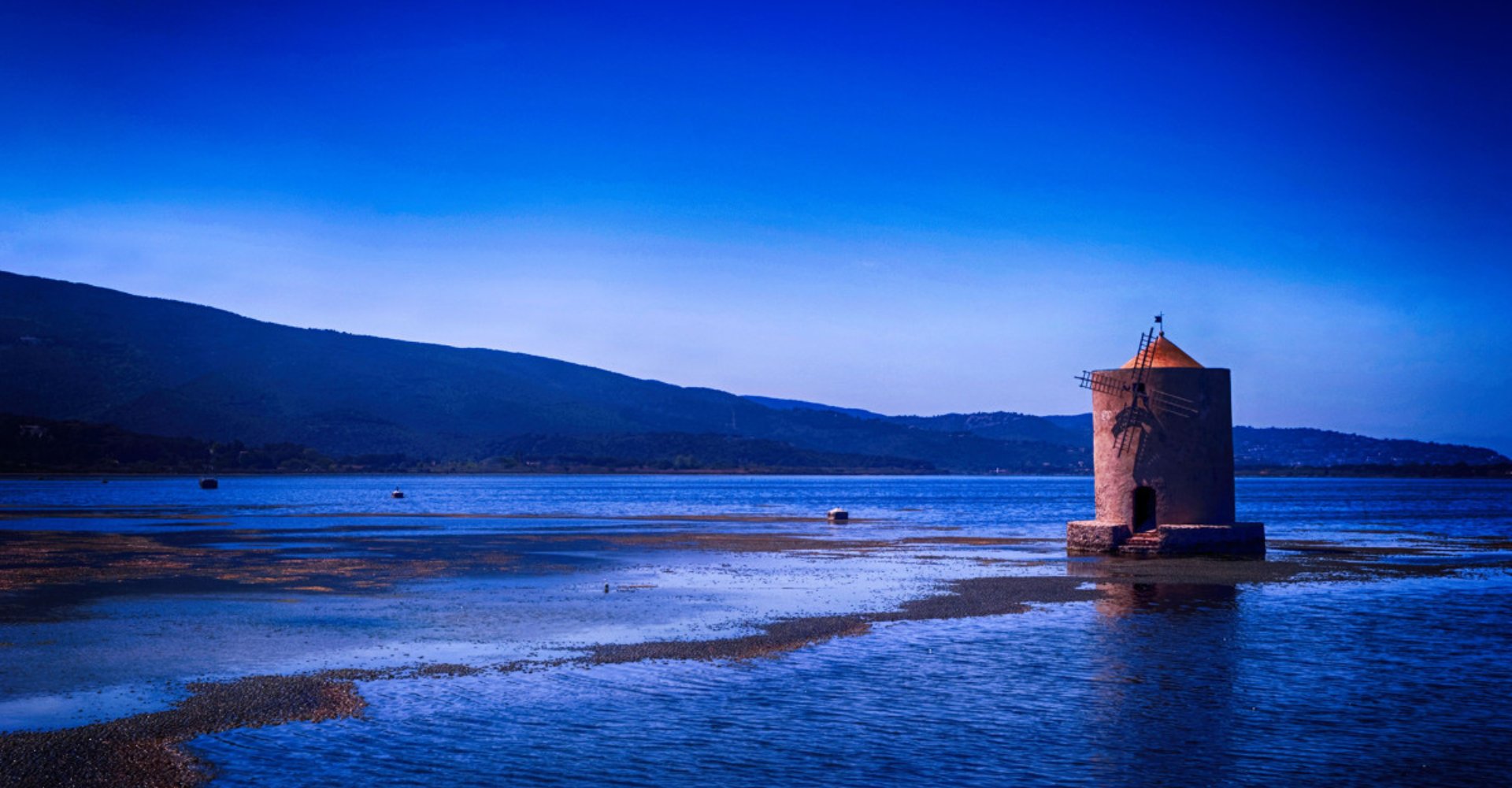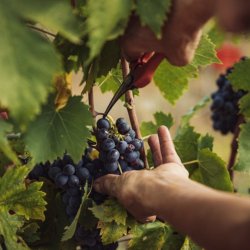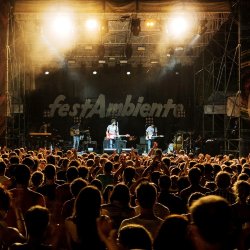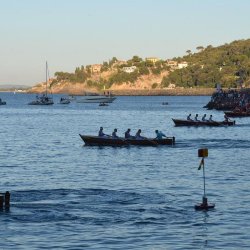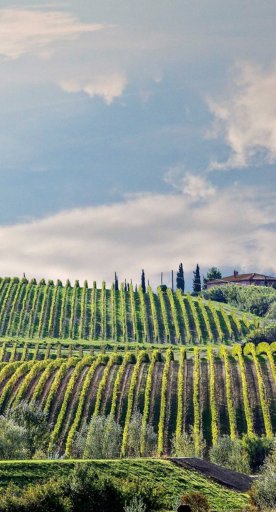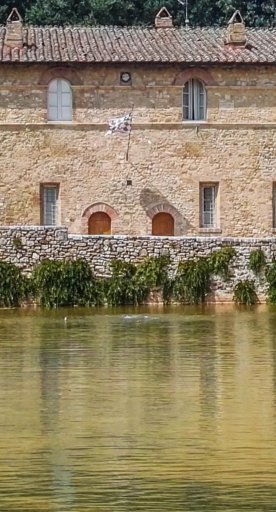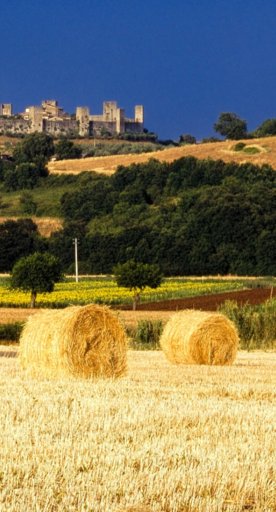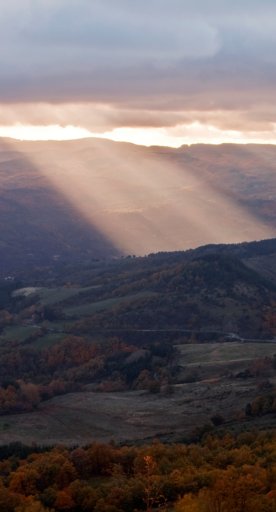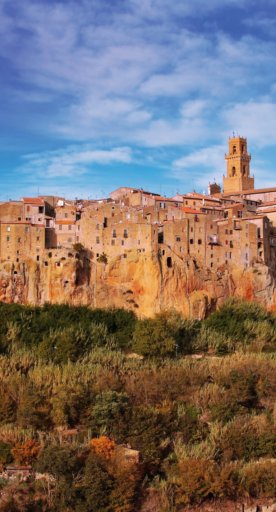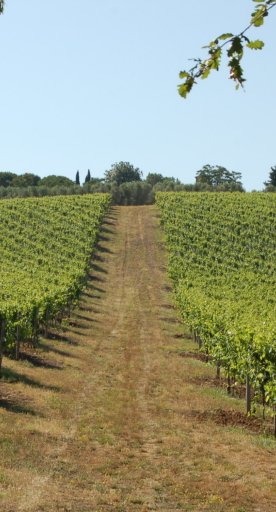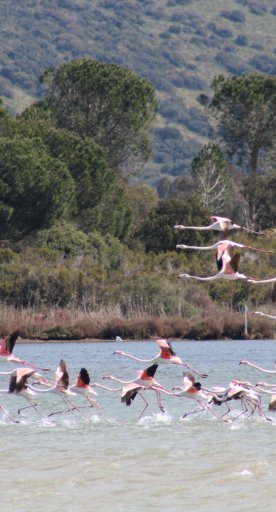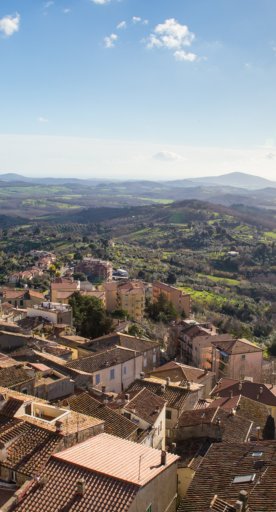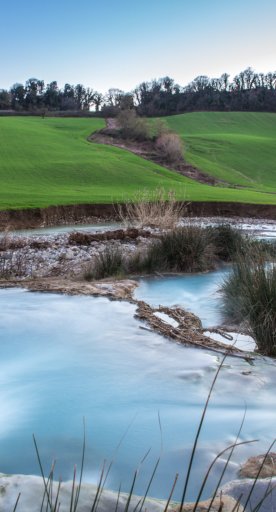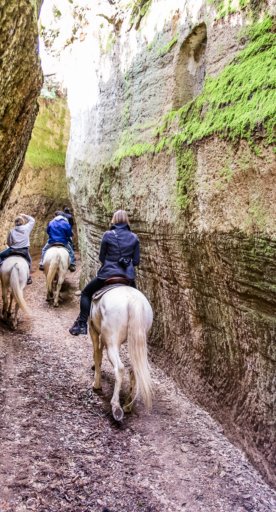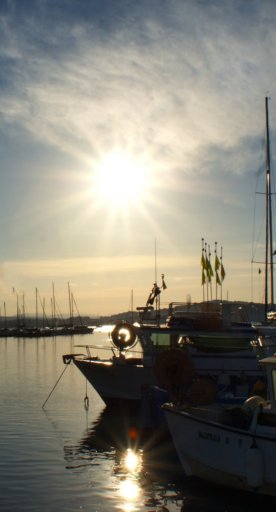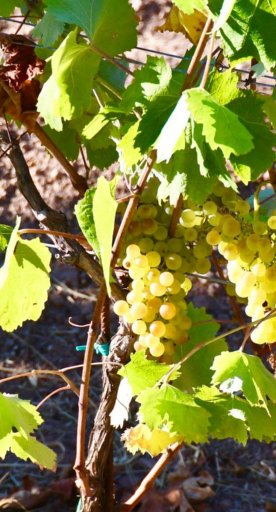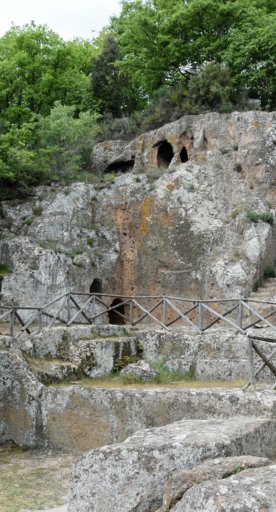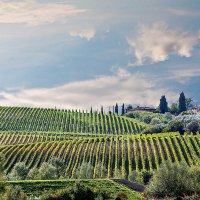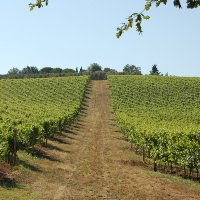WWF oases in Tuscany: jewels of nature
Protected reserves and marvelous territories to visit
Tuscany boasts a territory of a thousand faces and a great natural heritage: quite unsurprisingly, it is also the cradle of the WWF in Italy, from the beaches to the mountains.
There are numerous protected oases, where you can admire animals in their natural habitat and the landscapes that make this area special. It was here that the WWF established its first oasis in 1967, that of Lake Burano, a former hunting estate. Then the other historical one, that of Orbetello, also emerged and so did others, until the present-day 17, in which unusual species of migratory birds stop and protected species live.
-
1.Apennines
-
2.Florence-Prato-Pistoia Plain
-
3.Valdinievole
-
4.Lucca Plain
-
5.Northern coast
-
6.Etruscan Coast
-
7.Val di Chiana
-
8.Amiata
-
9.Maremma
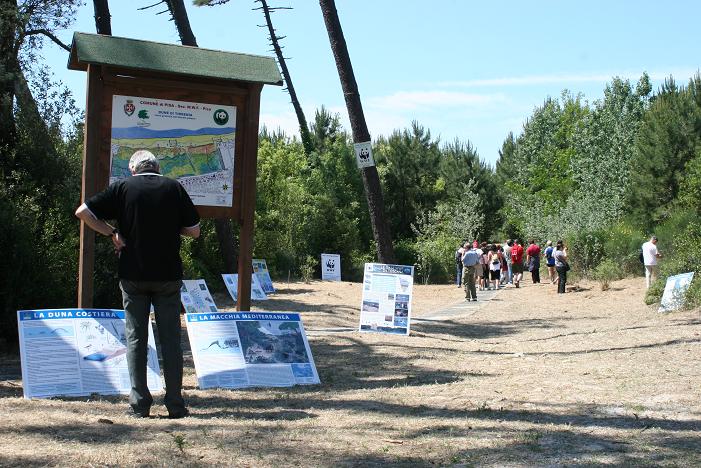
To visit these unique places, just follow the advice of the WWF environmental hiking guides; by following these itineraries, you can visit wildlife observatories, huts, walkways and boardwalks. An experience not to be missed and suitable for everyone: there are plenty of facilities and services that also make the parks accessible to people with disabilities, including specialized hospitality, the presence of transportation, specific trails and accessibility to the visitor center.
Discovering these oases is an opportunity for all the family, for adults and children alike, especially for birdwatching and wildwatching enthusiasts.
Apennines

In the green heart of the Pistoia Mountains, in the municipality of San Marcello Piteglio, about 1,000 hectares of woods, meadows and mountain environments of infinite beauty are guarded by the Dynamo Oasis, a WWF-affiliated natural area formerly called Cesto del Lupo (Wolf’s Basket). It was converted from a hunting reserve into a virtuous example of environmental management. Today, it is home to free-roaming wildlife species such as wolves, deer, diurnal and nocturnal birds of prey and many others.
Florence-Prato-Pistoia Plain

Several important WWF oases are located on the Florentine Plain, just a few kilometers from Florence.
The Val di Rose Oasis in Sesto Fiorentino, established in 1996 in collaboration with the University of Florence, protects an 18-hectare area with lakes, marshes and woods, the habitat of numerous species of migratory birds, amphibians and reptiles.
In Campi Bisenzio, the Stagni di Focognano Oasis is a 100-hectare area that maintains the typical biodiversity of the plain, with numerous bird species and restored marsh environments.
Valdinievole
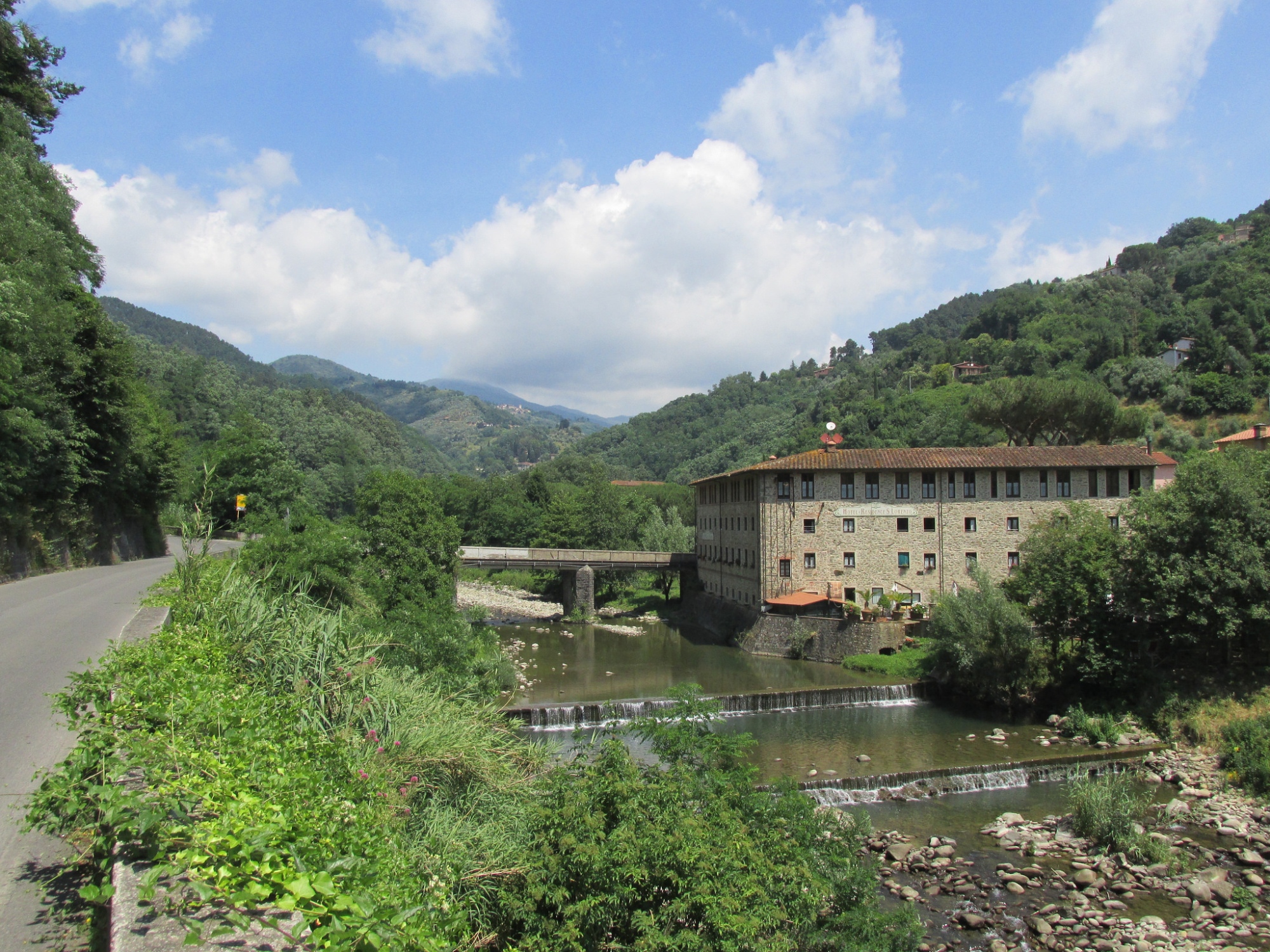
In the Valdinievole area, you will find the Lignana Oasis, stretching over 40 hectares between the municipalities of Pescia and Marliana (Pistoia). This area of woods, torrents and meadows is an important Apennine ecological corridor and is home to birds of prey like the peregrine falcon and rare fish species in the waterways.
Lucca Plain

In the western part of the former bed of Lake Bientina, between Valdera and the Lucca Plain, more precisely in Capannori, you will find a marshy area consisting of a mosaic of natural habitats: the Bosco del Bottaccio WWF Oasis. Wooded areas alternate with wetland meadows and reed beds, a small but important lowland forest with very rich biodiversity, waiting to be admired along the nature trail.
Northern coast

The Versilia, Apuan and Pisan Rivieras are not only desirable seaside destinations for relaxation, luxury and nightlife, but they also contain peaceful natural areas made up of precious dune habitats, like the Forte dei Marmi Dunes and the Tirrenia Dunes, woodlands behind the dunes, the Ronchi Educational Park and the Cornacchiaia Woods in the Migliarino San Rossore Regional Park. In addition to preserving the pleasantness of the landscapes, now rare in the coastal area, they safeguard endemic and typical Mediterranean plant species, spaces brought to life by rare species of marine and land birds and numerous species of mammals.
Etruscan Coast

The beautiful Livorno coastline, bathed by crystal-clear waters, is punctuated by two salt water marsh areas: the Padule di Bolgheri, in the municipality of Castagneto Carducci, and the Padule Orti-Bottagone, in Piombino. Settings with a very rich biodiversity, where mammals, amphibians, birds and reptiles find their ideal habitat, among which the loggerhead sea turtle Caretta caretta can be found in the marine waters in front of the Bolgheri Marshes.
Val di Chiana
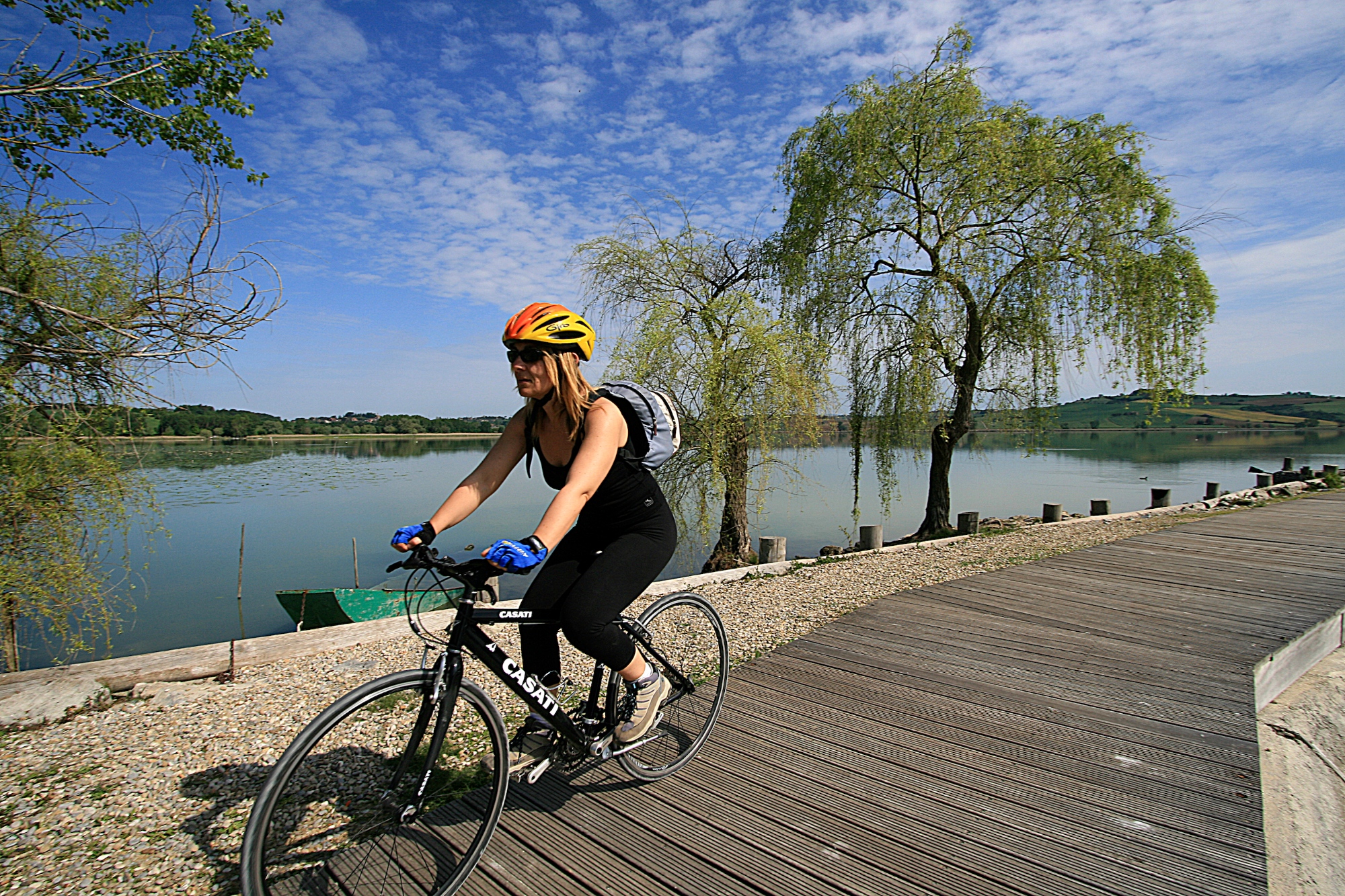
The southern area of Lake Chiusi is a treasure trove of biodiversity protected by the WWF oasis of the same name. It is home to one of the largest heron populations in central Italy and numerous bird species that find refuge there during migration, such as the little bittern and the black-winged stilt.
Amiata

On the slopes of the now extinct volcano of Monte Amiata, near the village of Roccalbegna, there are two areas of special naturalistic value: the WWF-affiliated oasis of Capra Matilda and the WWF-owned regional reserve of Bosco Rocconi, which is divided between Roccalbegna and Semproniano. The first contains pastures alternating with thickets, while the latter contains more extensive and mature forests punctuated by high rock walls. Both safeguard particularly important and beautiful wild and agricultural habitats.
Maremma

In southern Tuscany, the WWF oases find their original Italian nucleus at Lake Burano in Capalbio. A coastal marsh area, included in a Special Conservation Area that is also a Special Protection Area and a RAMSAR Site. Together with the nearby Orbetello Lagoon WWF Oasis and, further north, the San Felice Oasis in Marina di Grosseto, the lake is a fascinating yet fragile environment that needs to be protected and is a place where you can spot numerous bird species and spend long days observing them with your binoculars, while respecting nature.
For more information: wwf.it
